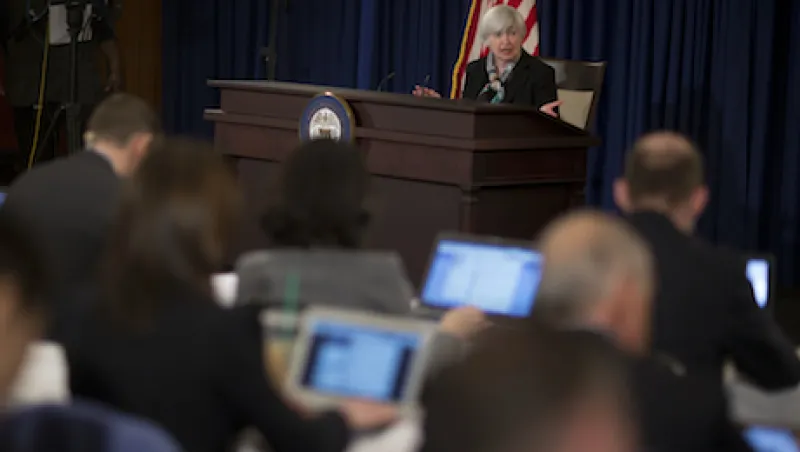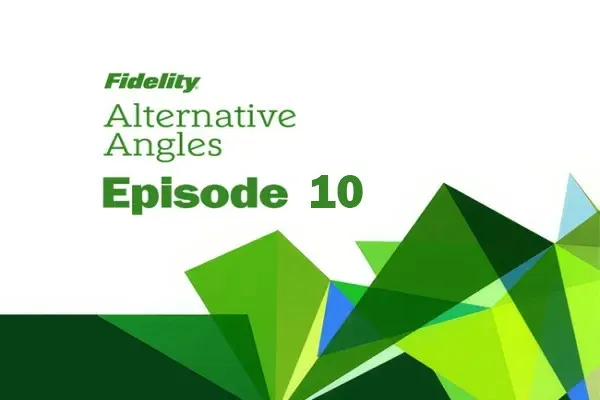In investing, it isn’t what you earn that matters; it’s what you keep. Whereas systematically underwriting too little risk may mean that you do not earn all that you might, underwriting too much toward the end of a business cycle can be disastrous. With this in mind, it becomes obvious that timing an investment strategy may be the most important decision an investor needs to get right. But how does one figure out where we are in the financial cycle?
One thing is certain: Our collective experience from the past cycle tells us where not to look for the answer. Don’t bother poring over the minutes of the latest Federal Open Market Committee meeting. No one at the Federal Reserve saw the 2008 cataclysm coming, nor did the Fed see the demise of the cycle during the dot-com bust of 2001–’02 or the brutal 1998 deleveraging. The track record of our policymakers-in-chief in alerting investors to the danger signs of a late-stage business cycle has been dismal. As an investor, you would have been similarly disappointed by our experts in government, on Wall Street and in the media. We’re afraid that all that stands between you and a major capital drawdown is your independent judgment and, of course, that of your investment manager. And where should one go for some schooling on the business cycle? For entertainment, if nothing else, check the conventional wisdom (pardon the pun) you’d find in almost any textbook.
You might read that the business cycle happens because manufacturers get exuberant about their prospects and end up producing a lot of inventory that can’t be sold. Businesses are then obliged to clear out the excess. They do this by shuttering factories and laying off workers. Seriously now, does this sound like any cycle we’ve experienced in the past 30 years? It does not.
Perhaps you read on and find an alternative explanation: The economy gets infused with an excess of “animal spirits” — which is how economist John Maynard Keynes described the personal emotions that drive consumer confidence. Consumers then collectively demand too much from producers, bidding up prices. Inflation rises to unacceptable levels, and the Fed is forced to “pull the punch bowl,” effectively signaling that the party is over. Well, that doesn’t sound like any cycle we’ve seen in decades, either. The 2008–’09 global financial crisis unfolded while U.S. inflation remained perfectly benign.
Shall we thus give up on understanding the cycle? Not so fast. There is, we believe, a working explanation for the cycle that aligns with what we’ve seen in recent periods. It is this: The U.S. economy is now so thoroughly financialized that the business cycle and the credit cycle are essentially one and the same. As long as credit markets are willing and able to extend new credit, gross domestic product grows. Once credit markets go the other way and initiate a deleveraging process, economic growth falls into the tank.
The credit creation tail wags the economic dog, and the dogma that counsels you to focus on the real economy is, ironically, out of touch with reality. Labor markets may be slack and conventional inflation benign, but these are not the metrics that count, so don’t spend your time perusing them. Rather, assess the credit markets. Will investors continue to expand the frontiers of credit creation? Once the credit tide has reached its high-water mark, by definition it must recede. Those businesses and associated claims on those businesses that have been built on solid foundations will weather the ebb tide. Those built on sand will suffer a different fate.
Ah, but you say the Fed can’t possibly let rates go up or stand by as credit conditions tighten — not with labor slack and inflation nil. Indeed, the Fed’s Board of Governors might decide to hold its collective breath and keep rates at zero until growth blooms — or hell freezes. Many believe this or some other variant of the almighty Fed narrative. A central banking Atlas holding up the structure of asset prices and providing free loans just sounds too good to be true. The Fed is mighty, but not almighty. Artificially high asset prices never survive their inevitable rendezvous with reality. What can you do about this?
Assess where you think we are in the cycle. Notice that a late-stage condition is signaled by, among other things, an unsettling rise in volatility. Call it the “postman-always-rings-twice effect.” In 1999 volatility was manifested by watching your favorite stock get thrashed after missing its earnings by a measly penny. Irrational behavior? Not at all. The capital in the equity markets just knew that valuations were stretched and that missed earnings meant the corporate growth model was exhausted. Remember the Thai banking crisis of 1997, the prelude to the stomach-turning swoon in emerging markets in 1998? No one needs reminding of the mortgage early-payment defaults, hedge fund failures and the collapse of Bear Stearns Cos. that were the prelude to the last great deleveraging cycle. With this as context, consider whether the 2013 taper tantrum was just a disembodied episode of volatility or one of these recurring warning shots across the bow.
Our assessment is that the punch bowl is getting emptied fast and distress is getting manufactured. The solution is not to refill the punch bowl. Loans that ultimately can’t be repaid, won’t be. And simply creating more and worse loans to repay the bad loans is a solution that only a politician — or a central banker — could come up with. An examination of all-in yield levels and a general unease with lofty asset valuations counsels us to maintain a high quality of underwriting. Yes, less risk means less yield, but it also means more peace of mind. Are we too early to leave the party? Remember, good investors are like the most socially cognizant party goers. They arrive on time but leave early and let others swill the last dregs of the punch bowl.
Tad Rivelle is chief investment officer for fixed income at TCW in Los Angeles.
Get more on macro.






